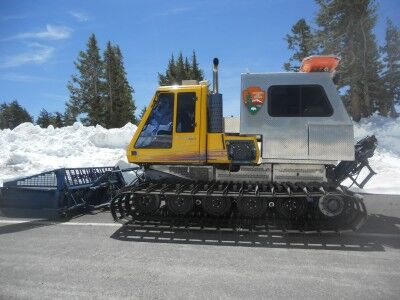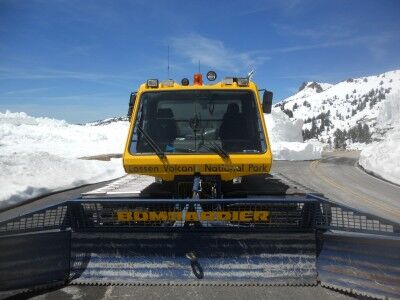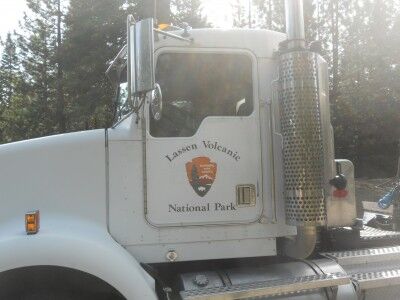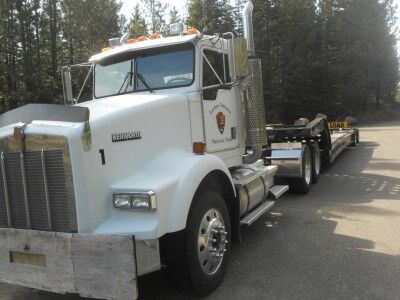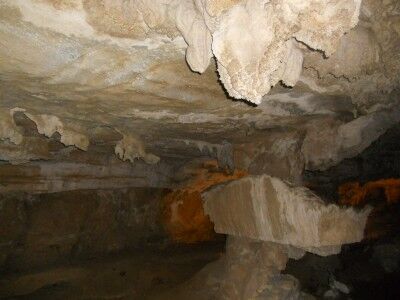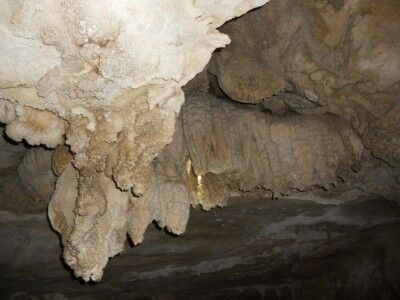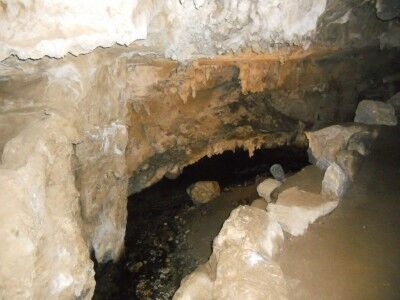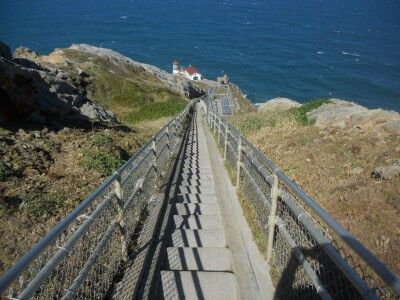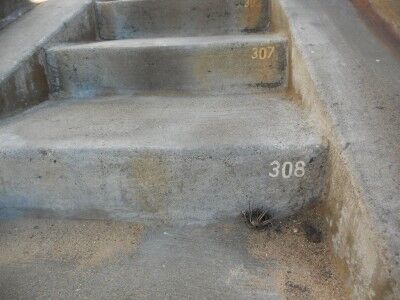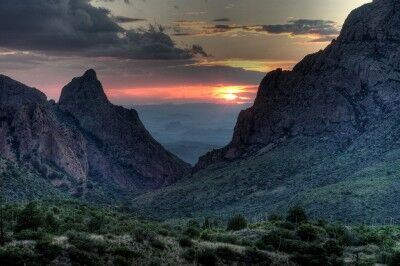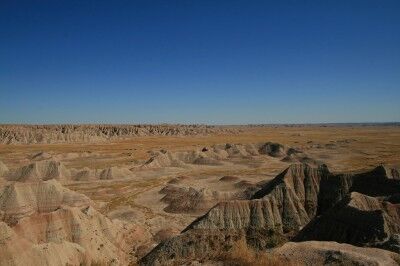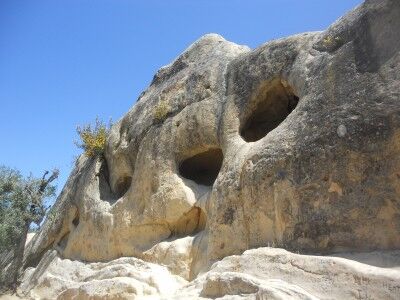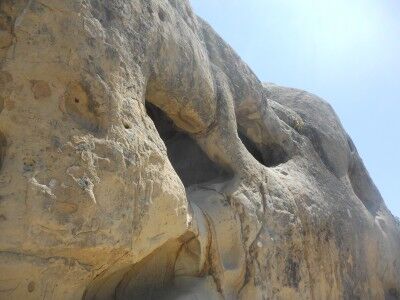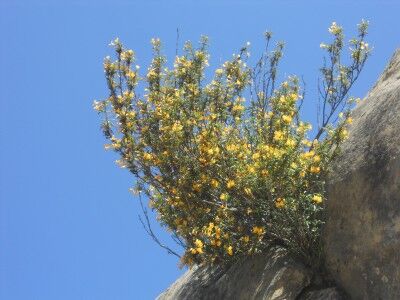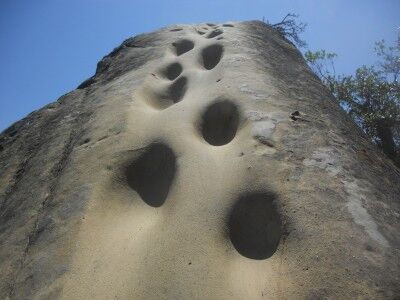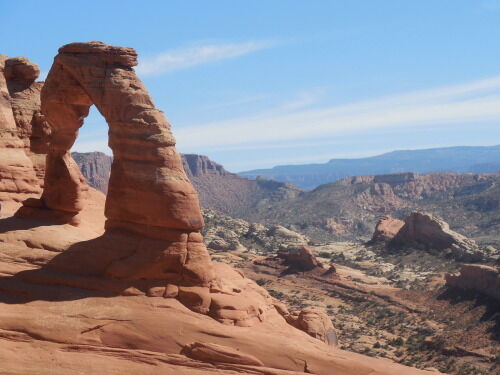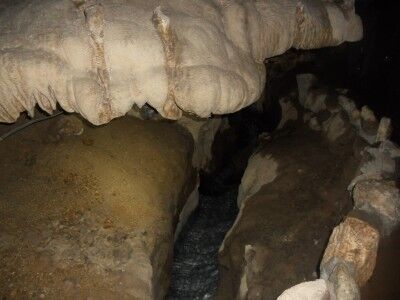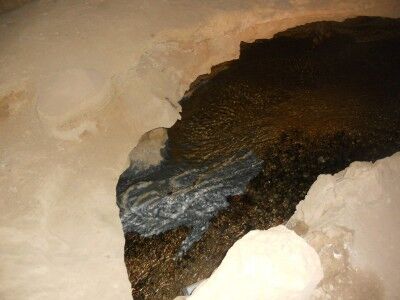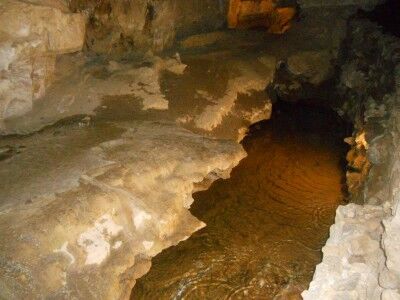Like many of the mountain national parks, Lassen Volcanic National Park is struggling with the large amount of snow it received this year. I visited the park yesterday and most of it is still closed due to snow. From the Southwest entrance, the road is only open for about half a mile to the Sulphur Works area and all hiking paths on that side of the mountain are still covered in snow pack (you need snowshoes or cross country skis). The road is clear up to the Bumpass Hell parking area, but the park isn’t allowing cars up there yet because snow removal crews are still working and they are having some issue with rock slides as the snow melts:
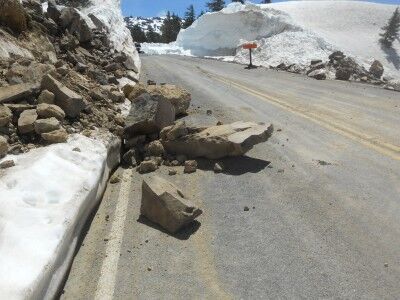
Even though the road was closed to cars, I decided to hike up to where they were clearing snow. It was about a 2.5 mile hike along the road without anyone else around (Protip: If you enjoy biking, it would be the perfect time to bike the closed road). As the road wound its way upward, the snowbanks on the side of the road increased, reaching as high as 20 feet in some spots:
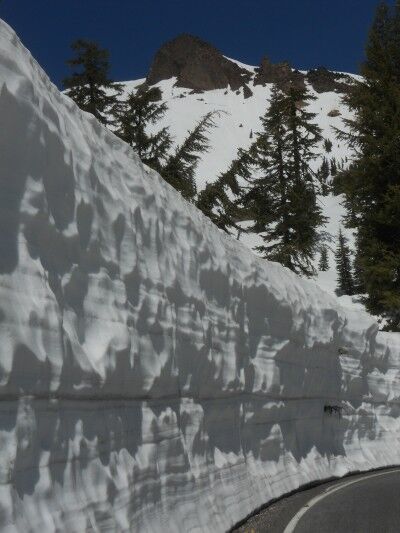
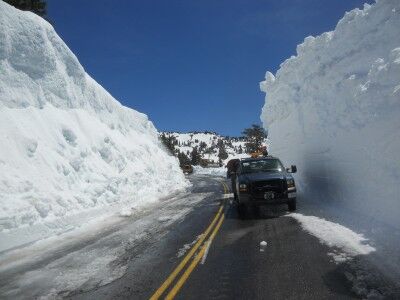
When I reached the area where they were removing snow, there were 6 snowplows working feverishly, yet making extremely slow headway due to the amount of snow on the road.
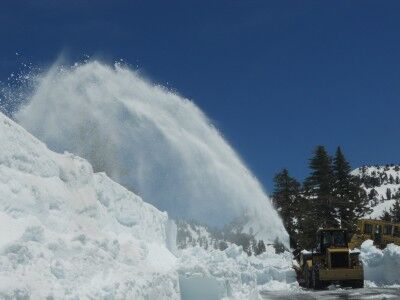
I talked with a ranger who said the goal is to have the road open by July 1, but I’m not sure they are going to make it. They still have about 10 miles of road to clear that is buried under 15 feet of snow. Caltrans has stepped in and is now helping Lassen Volcanic National Park try to open the road (the snowplows that were working while I was there were Caltrans plows), but even with the additional help they still have a lot of work to do up there.
For those wanting to visit Lassen Volcanic National Park, there is a bit more open at the Manzanita Lake entrance. Hiking trails around Manzanita Lake (there were a lot of people on the lake fishing today) and Reflection Lake / Lily Pond are clear and the road is open for 10 miles to Devastated Area (although the Devastated Area loop hike was still covered in snow)
For those interested, more photos from the hike
